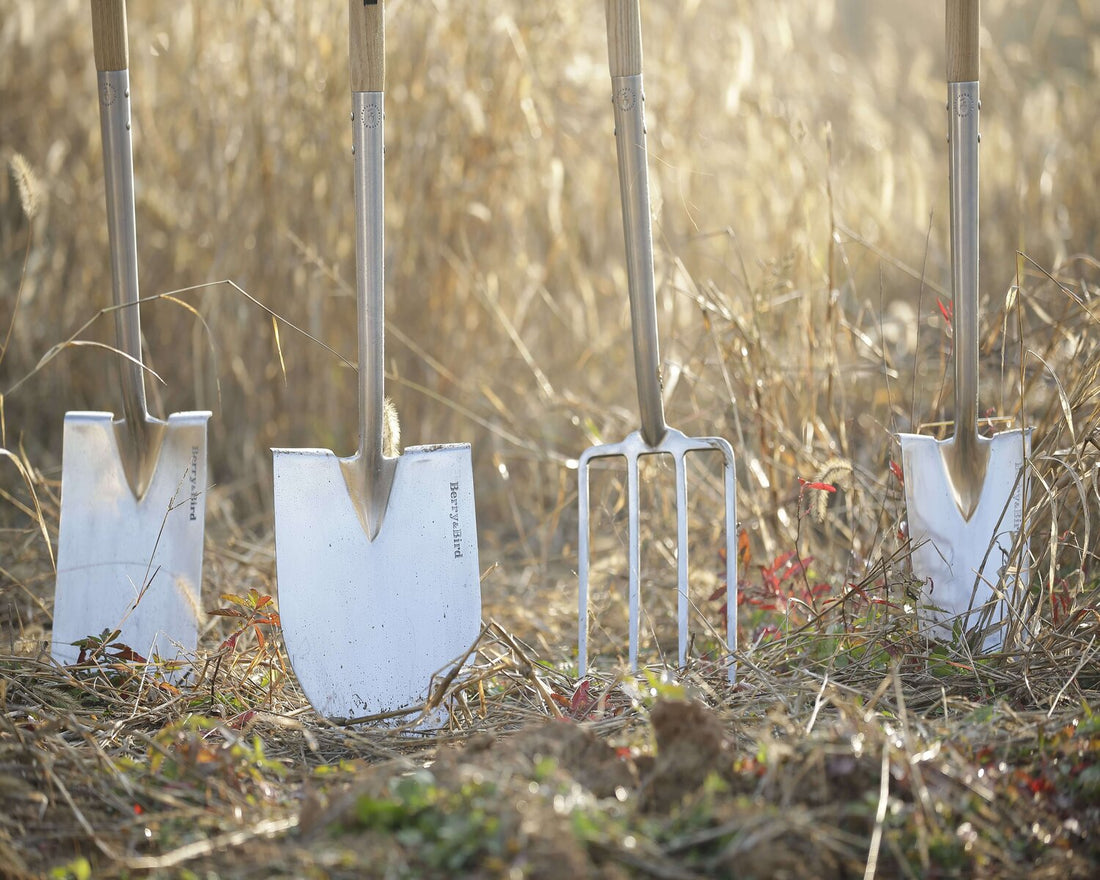
How to Clean Gardening Tools
Berry&BirdShare
Gardening tools are essential for maintaining a healthy and thriving garden, but they require regular cleaning to keep them in good condition. A dirty or rusty tool can damage plants, spread disease, and make gardening tasks more difficult. In this article, we will discuss the steps you can take to clean your gardening tools effectively.
Step 1: Gather your supplies
Before you begin cleaning your tools, gather all the necessary supplies. You will need:
- A bucket of soapy water
- A wire brush or steel wool pad
- Sandpaper
- Lubricating oil
- Disinfectant spray
- Rubber gloves
Step 2: Remove any debris
Use a wire brush or steel wool pad to remove any dirt, rust, or debris from the surface of your tools. Be sure to scrub the blades, handles, and any other areas that may have come into contact with soil or plant debris.
Step 3: Sand any rough spots
If there are any rough spots or rust on the surface of your tools, use sandpaper to smooth them out. This will prevent them from catching on plants or causing damage.
Step 4: Soak your tools
Soak your tools in a bucket of soapy water for 10-15 minutes. Use a mild detergent or dish soap to create a soapy solution that will help remove any remaining dirt or debris.
Step 5: Scrub your tools
Use a brush or steel wool pad to scrub your tools thoroughly. Pay close attention to any crevices or hard-to-reach areas where dirt and debris may have accumulated.
Step 6: Rinse your tools
Rinse your tools with clean water to remove any soap residue. Be sure to dry them thoroughly to prevent rust from forming.
Step 7: Apply lubricating oil
Apply a thin coat of lubricating oil to your tools to protect them from rust and corrosion. Use a cloth or paper towel to apply the oil evenly to the blades, handles, and any other metal parts.
Step 8: Disinfect your tools
To prevent the spread of plant diseases, it's essential to disinfect your tools regularly. Use a disinfectant spray or wipe to clean your tools thoroughly. This step is especially important if you've been working with diseased plants.
Step 9: Store your tools properly
Finally, store your tools in a dry, well-ventilated area to prevent rust and corrosion. Use a tool organizer or hang them on a pegboard to keep them organized and easy to access.
In conclusion, regular cleaning and maintenance of your gardening tools are crucial for their longevity and effectiveness. By following these steps, you can keep your tools in good condition and ensure a healthy garden.
